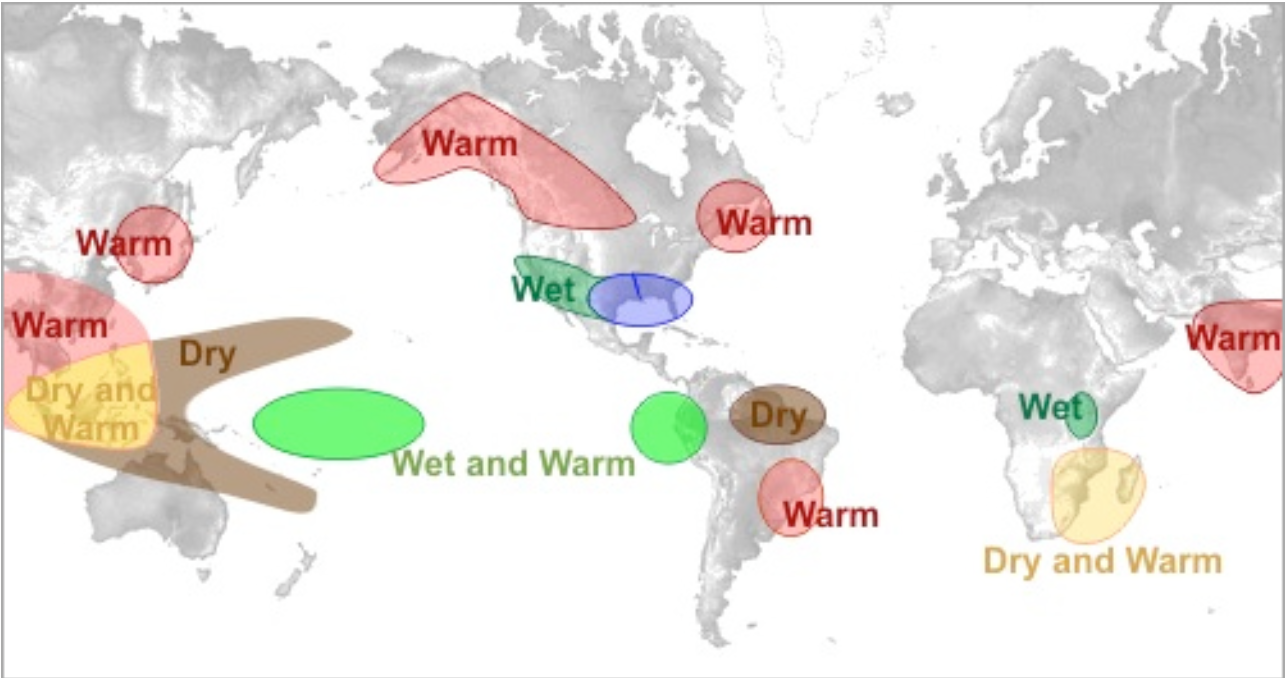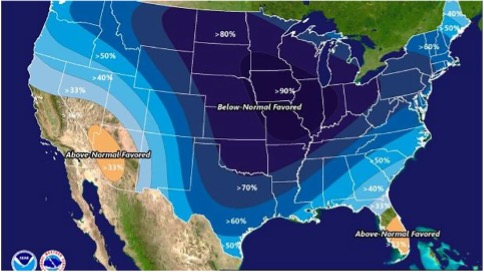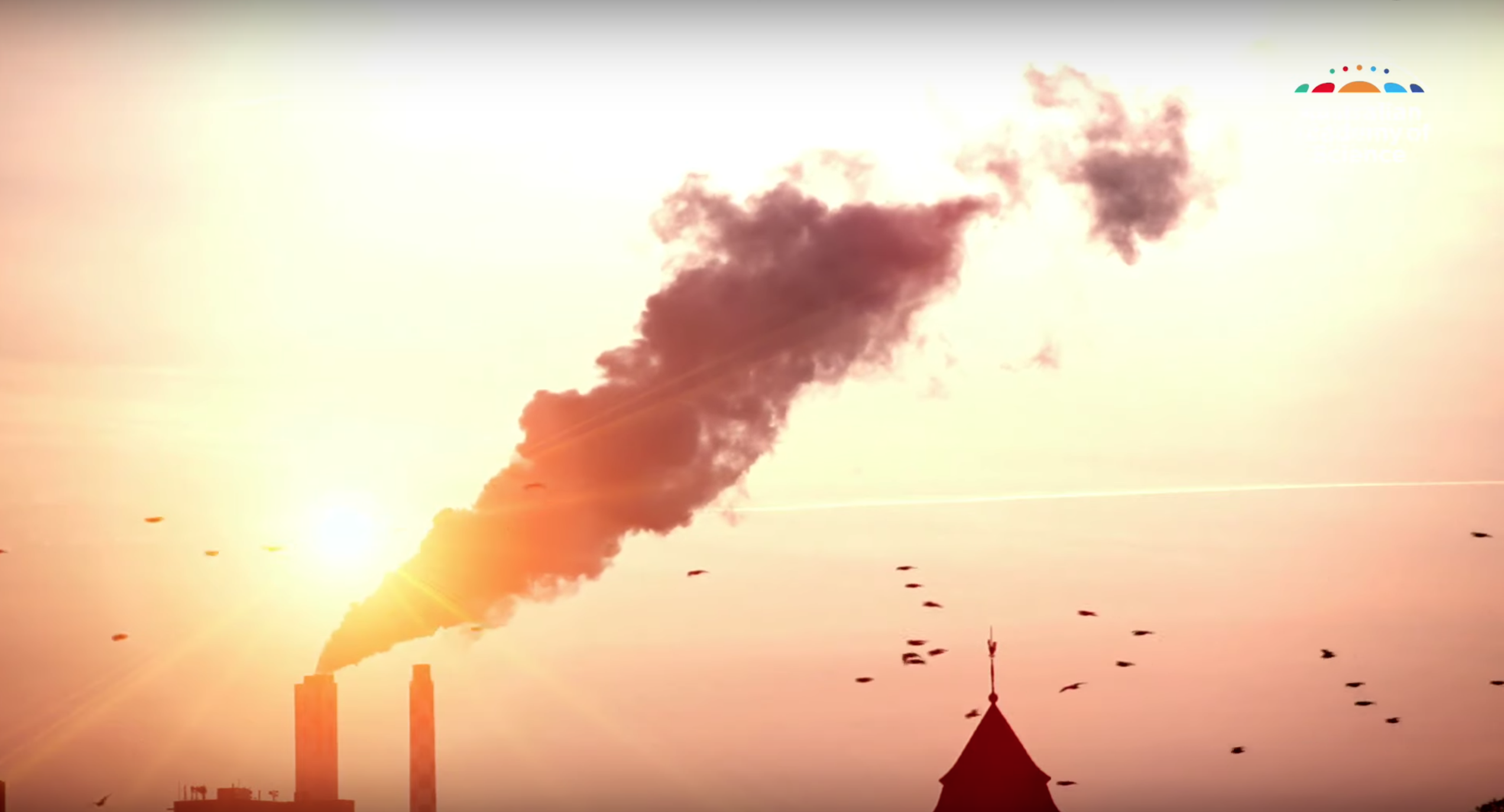The troubled forecast of El Niño’s onset in 2014 requires an explanation as well as an open dialogue with the user community that depends on such an important forecast. A review of the forecasts on the Internet reflects two different perceptions about what transpired. The forecast community suggests they got it right, while the popular media suggests forecasters got it wrong. Why such a gap? The major El Niño that was alluded to by several organizations did not materialize when or even as expected. A science-fed media frenzy took place about an event considered in retrospect to have been an unusual borderline (weak) El Niño event, “trickiest ever to forecast.” That is understandable, as the science of El Niño is still on a learning curve. But it suggests that the forecasting of El Niño’s onset is still in an experimental phase and not yet operational. Forecasting its onset (as a specific event) should be separated from forecasting its behavior and impacts (as a process) once the onset has been assured. Whenever a forecast is made, someone is responding to it. Therefore, such a distinction is necessary for the benefit of those societies and economic sectors affected by El Niño.
Keywords: 2014 El Niño forecast; El Niño; ENSO; Experimental forecast; Oscillations; Teleconnections
Mickey Grants wrote “Shades of Chaos: Lessons Learned about Lessons Learned about Forecasting El Nino and its Impacts”. Click here to read the paper, Shades of Chaos.



